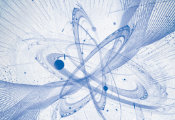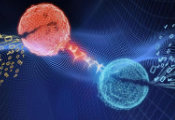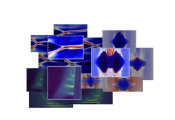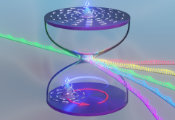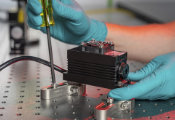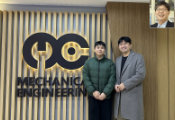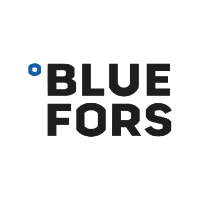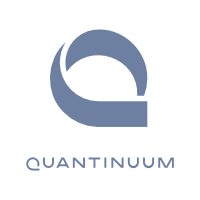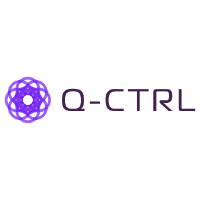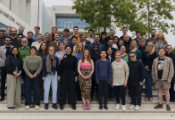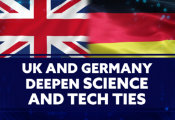Graphene Reaches Ultimate Electronic Quality
August 28, 2025 -- Researchers at the National University of Singapore (NUS) and international collaborators set new mobility records for graphene using twist-angle engineering and proximity screening, setting up a new record for mobility of state-of-the-art graphene devices.
Graphene, a single sheet of carbon atoms arranged in a honeycomb lattice, is known for its exceptional strength, flexibility and conductivity. However, despite holding the world record for room-temperature electron mobility, graphene’s performance at cryogenic temperatures has remained below that of the best gallium arsenide (GaAs)-based semiconductor systems, which have benefited from many decades of refinement.
Now, in two parallel studies, researchers from NUS and The University of Manchester, United Kingdom report distinct strategies that finally push graphene past this long-standing benchmark. The results set new records for electron mobility, matching and in some cases surpassing GaAs in both transport and quantum mobility, and enabling the observation of quantum effects in unprecedented conditions.
Assistant Professor Alexey BERDYUGIN from the Department of Physics and the Department of Materials Science and Engineering at NUS said, “Mobility is a measure of how easily electrons can move through a material when an electric field is applied. High mobility means electrons can travel faster and more freely, which is crucial for building faster and more energy-efficient electronic devices. Materials with high mobility are especially important for advanced computing, sensing and quantum technologies.”
“This opens up opportunities not just for fundamental research, but also for high-performance applications where ultra-clean materials are critical,” added Mr Ian Babich, PhD student at NUS and the first author of one of the works.
Twisted graphene and tunable Coulomb screening
In the first study, published in the scientific journal Nature Communications and led by Assistant Professor Berdyugin together with collaborators from the United Kingdom, Spain and Japan, the researchers developed a method to shield graphene from environmental disorder by using additional graphene layers as ultra-thin electrostatic screens. They achieved this by stacking two graphene layers with a large relative twist angle (between 10° and 30°), thereby ensuring the layers were electronically decoupled while separated by less than a nanometre.
One layer could then be deliberately doped to act as a metallic screen, suppressing the fluctuating electric fields from charged impurities that otherwise disrupt electron motion.
As a result, charge inhomogeneity was reduced to just a few electrons per square micrometre — an order of magnitude better than state-of-the-art devices. The high quality of the graphene layer enabled the onset of Landau quantisation, which is a hallmark of quantum behaviour in two-dimensional materials, to be observed at magnetic fields of just 5–6 milli-Tesla. In most graphene devices, fields which are 10-100 times stronger are required.
Because the technique minimises scattering from long-range electric field fluctuations, the transport mobility exceeded 20 million cm²/Vs, and quantum mobility surpassed that of the best GaAs two-dimensional electron gases.
Mr Ian BABICH, a PhD student and the leading author of the paper said, “Graphene has finally caught up and even exceeded traditional semiconductors in some critical aspects. It is a historical moment for graphene devices, and it enables further exploration of delicate quantum phenomena that were previously out of reach.”
Proximity metallic screening for record mobilities
The second study, published in the scientific journal Nature and led by Sir Professor Andre GEIM from the University of Manchester, with Assistant Professor Berdyugin as co-corresponding author, took a different approach. Instead of using another graphene layer, the team placed graphene less than one nanometre away from a metallic graphite gate, separated by an ultrathin dielectric made of just three to four atomic layers of hexagonal boron nitride.
This ultra-close proximity created exceptionally strong Coulomb screening, dramatically reducing disorder and bringing charge inhomogeneity down to around 3×10⁷ cm⁻², equivalent to roughly one extra charge carrier per 100 million carbon atoms at the charge neutrality point.
With this level of purity, the devices reached Hall mobilities exceeding 60 million cm²/Vs, surpassing the most advanced GaAs-based systems. Quantum Hall plateaus, which normally require magnetic fields of several Tesla, appeared below 5 milli-Tesla. Shubnikov–de Haas oscillations, another quantum signature, were visible at just 1 milli-Tesla, a magnetic field already comparable with the pristine magnetic field of earth!
Complementary routes to ultra-clean graphene
The two studies provide complementary solutions to the same longstanding problem: how to protect graphene from the charged defects which are always present in its surrounding materials that limit its electronic performance.
Assistant Professor Berdyugin said, “Of course, each approach has its strengths. Large twist angle graphene devices provide highly tuneable and controllable screening. On the other hand, proximity screening with graphite separated by a sub-nanometer dielectric spacer allows one to probe the properties of a pristine graphene layer directly.
“This way, there is no additional signal from the screening layer, and one can observe absolutely beautiful Quantum Hall plateaus already at a few milli Tesla. Together, those methods expand our experimental toolkit in a way that will benefit the field of two-dimensional materials,” added Assistant Professor Berdyugin.
The NUS researchers’ breakthroughs could accelerate progress in areas ranging from quantum metrology to ultra-sensitive sensing, high-speed electronics and quantum information technologies. They also open possibilities for studying subtle many-body effects in other two-dimensional systems, where reducing disorder is essential for revealing new physical phenomena.
Looking ahead, the teams aim to adapt these methods to more complex graphene-based heterostructures, including moiré quantum materials that host intriguing many-body effects.

